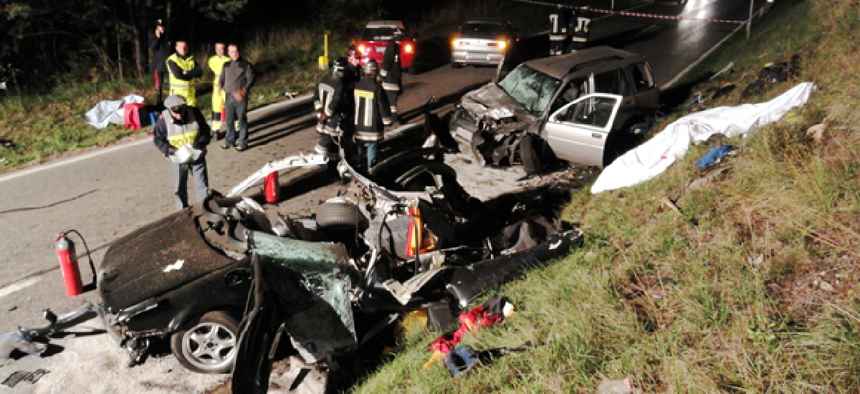NHTSA crash data upgrade slowed by tight budgets

Armed with mobile technology and new data sampling methods, the National Highway Traffic Safety Administration aims to improve the accuracy of its crash data, but funding restrictions are slowing the transition, GAO says.
Armed with mobile technology and new data sampling methods, the National Highway Traffic Safety Administration aims to improve the accuracy of its crash data, but funding restrictions are slowing the transition, according to a recent report from the Government Accountability Office.
NHTSA's National Automotive Sampling System Crashworthiness Data System (NASS-CDS) program collects data using a sample of police-reported motor-vehicle crashes. Between 1988 and 2013, NHTSA said NASS-CDS has reviewed data from local police reports on almost 5,000 car crashes per year from representative geographic areas.
This information is particularly valuable, according to GAO, because the data informs the development of traffic safety regulations and are used by the automotive industry to analyze vehicle safety features.
NHTSA is moving to replace NASS-CDS, which was designed in 1988, with the Crash Investigation Sampling System (CISS), a nationally representative sample of police-reported motor-vehicle traffic crashes that would use some NASS-CDS data elements and similar statistical methodology to sample data from around the country.
NHTSA said it expects the new sample generated under CISS would have greater statistical precision for key crash-type and injury-severity estimates than that of NASS-CDS using a similarly sized sample.
NHTSA also plans to improve the efficiency and accuracy of data collected by equipping its crash technicians with more electronic data collection methods.
Tablet computers will be supplied to collect and transmit data remotely from the field. Accident reconstruction software will automatically create scalable diagrams of crash scenes, and electronic distance measuring equipment will improve the accuracy of scene and vehicle inspections while allowing crash technicians to take scene measurements safely from the roadside.
While these new data collection tools won’t speed or add to the number of investigations, they will increase the amount of data that technicians can collect.
GAO concluded that while the proposed CISS sample size will be sufficient to meet NHTSA’s requirements for the program, rare events like vehicle crashes require a larger sample size, the funding for which is unavailable.
NASS-CDS, one of four NHTSA programs that collect U.S. crash data, has had declining or flat budgets since 2010, but has seen costs for the system including labor, IT, leases and travel expenses for researchers increase at the same time, according to GOA.
A version of this article originally appeared on FCW, a sister site to GCN.
NEXT STORY: Agencies tap into recreational data





